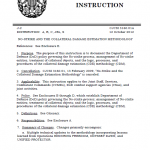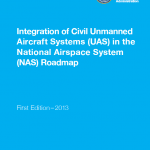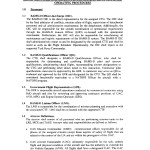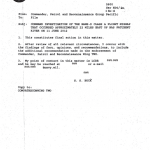While reliance on UAS continues to grow, the ability to integrate UAS into the National Airspace System (NAS) to support operations, training, and testing has not kept pace. Routine access to exercise and execute Combatant Command (COCOM)-tasked missions, and to support broader military and civil missions such as Homeland Security (HLS), Homeland Defense (HD), and Defense Support of Civil Authorities (DSCA) is necessary. Current NAS access for UAS is greatly limited under interim FAA policies that govern UAS operations in the NAS. Currently, DoD UAS operations conducted outside of Restricted, Warning and Prohibited areas are authorized under a temporary Certificate of Waiver or Authorization (COA) from the Federal Aviation Administration (FAA) or under limited conditions outlined in the 2007 DoD-FAA Memorandum of Agreement (MoA). Although DoD has been able to facilitate a small number of flights through the COA process, DoD has not been able to obtain the level of airspace access necessary to accomplish the wide range of DoD UAS missions at current and projected operational tempos.
Read more →







